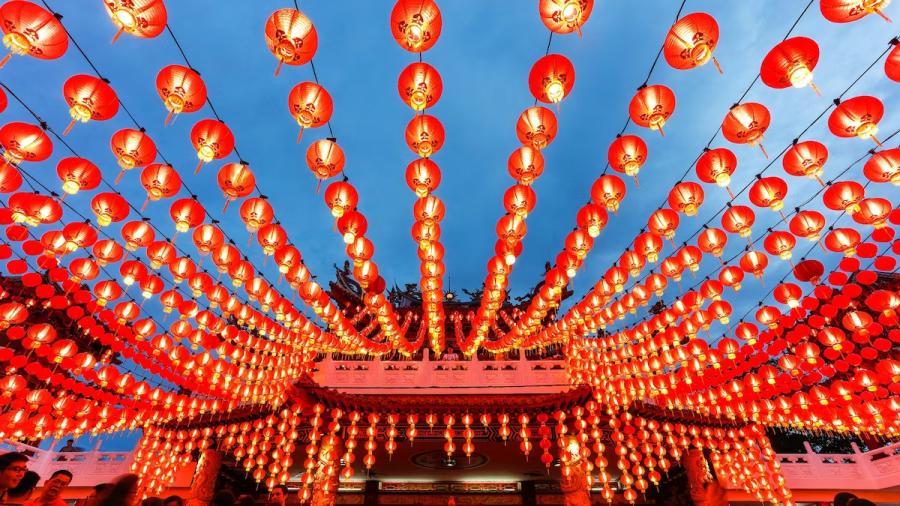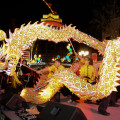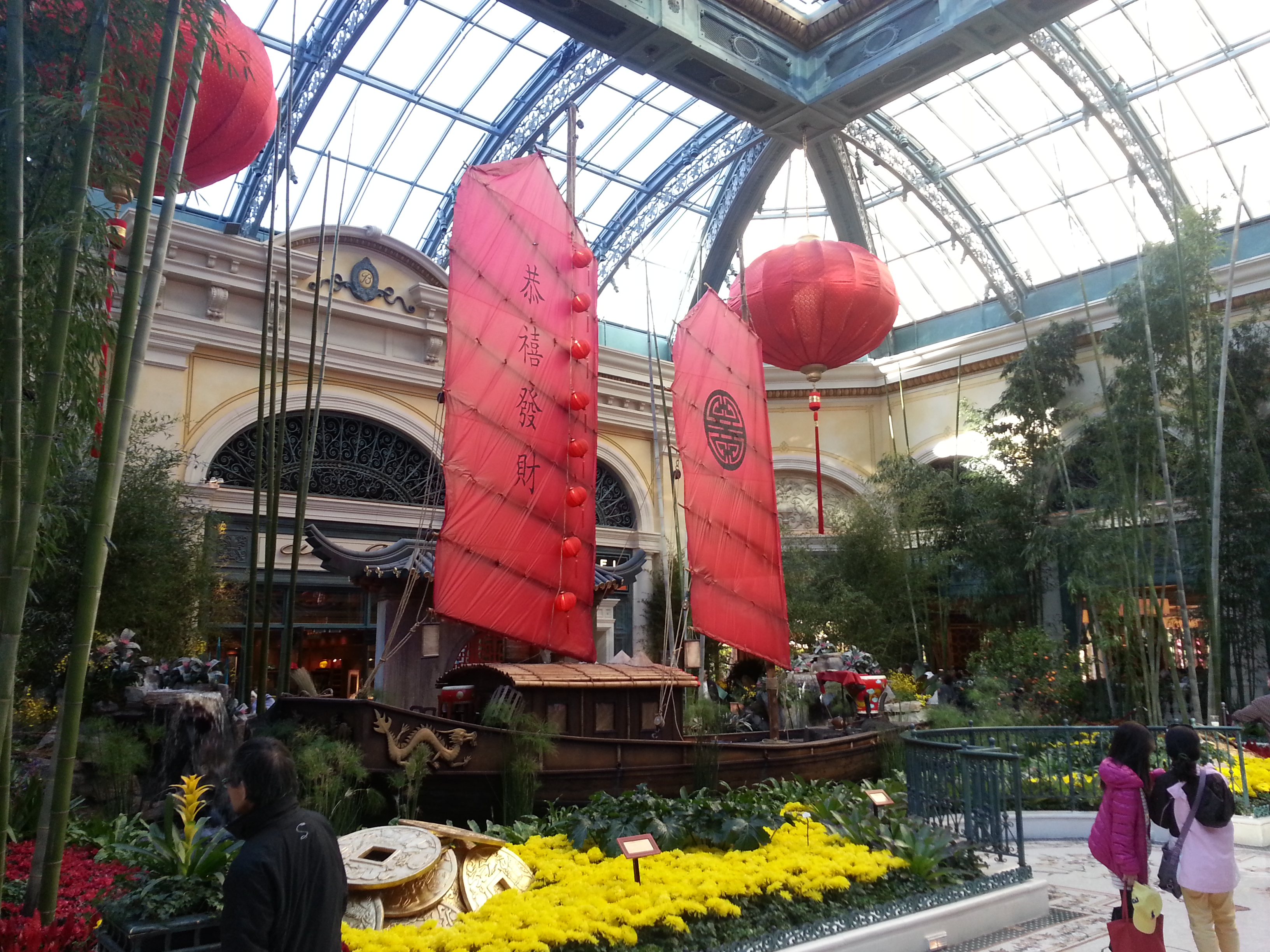
Overview of Chinese New Year
Chinese New Year, also known as the Spring Festival or Lunar New Year, is one of the most important and widely celebrated traditional festivals in China and among Chinese communities worldwide. The festival marks the beginning of the lunar calendar and is a time of reunion, reflection, and renewal. It usually falls between January 21st and February 20th, depending on the lunar calendar’s cycle. The festival’s duration is about 15 days, with each day holding special significance and various customs.
Origins and Significance: Chinese New Year’s origins date back thousands of years to ancient agrarian societies, where the lunar calendar was closely tied to agricultural cycles. The festival is steeped in cultural and mythological significance, honoring deities and ancestors while also symbolizing the hope for a prosperous and harmonious year ahead.
Zodiac Animals and 12-Year Cycle: One of the most well-known aspects of Chinese New Year is the association with the Chinese zodiac, a 12-year cycle where each year is represented by a specific animal sign. These zodiac signs are based on the lunar calendar and are believed to influence a person’s personality traits and destiny.
The 12 Chinese zodiac animals, in order, are:
- Rat
- Ox
- Tiger
- Rabbit (Hare)
- Dragon
- Snake
- Horse
- Goat (Sheep)
- Monkey
- Rooster (Chicken)
- Dog
- Pig
Customs and Celebrations: The Chinese New Year celebrations are a vibrant blend of ancient traditions and modern festivities. Key customs include:
- Reunion Dinners: Families come together on New Year’s Eve to enjoy a lavish reunion dinner, featuring various symbolic dishes that represent good luck and blessings.
- Red Envelopes (Hongbao): Elders give red envelopes containing money to younger family members as a gesture of good luck and fortune.
- Decorations: Homes are adorned with red decorations symbolizing happiness and good fortune. Lanterns, couplets, and paper-cuttings are common elements.
- Fireworks and Firecrackers: Fireworks and firecrackers are lit to ward off evil spirits and bring luck, with the spectacle creating a festive atmosphere.
- Lion and Dragon Dances: Colorful lion and dragon dances are performed in the streets to drive away negative energies and welcome prosperity.
- Visiting Relatives and Friends: Visiting the homes of relatives and friends is a central aspect, symbolizing well-wishing and maintaining social connections.
- Temple Visits: Many people visit temples to pray for blessings and offer incense to deities.
- Giving Gifts: Exchanging gifts, particularly ones like fruits, sweets, and tea, represents sharing blessings with others.
- Lantern Festival: The celebrations conclude on the 15th day with the Lantern Festival, marked by lantern displays, riddle-solving, and the release of lanterns into the sky.
Year of the Zodiac Animal: Each year is associated with one of the 12 zodiac animals, and people born in that year are believed to share the traits of that animal. For example, someone born in the Year of the Rat is considered intelligent and resourceful, while those born in the Year of the Dragon are believed to be strong and energetic.
Chinese New Year’s celebration extends beyond China and is observed by Chinese communities worldwide. The festival showcases the deep-rooted cultural heritage of China and serves as a time of reflection, renewal, and bonding for families and communities.





